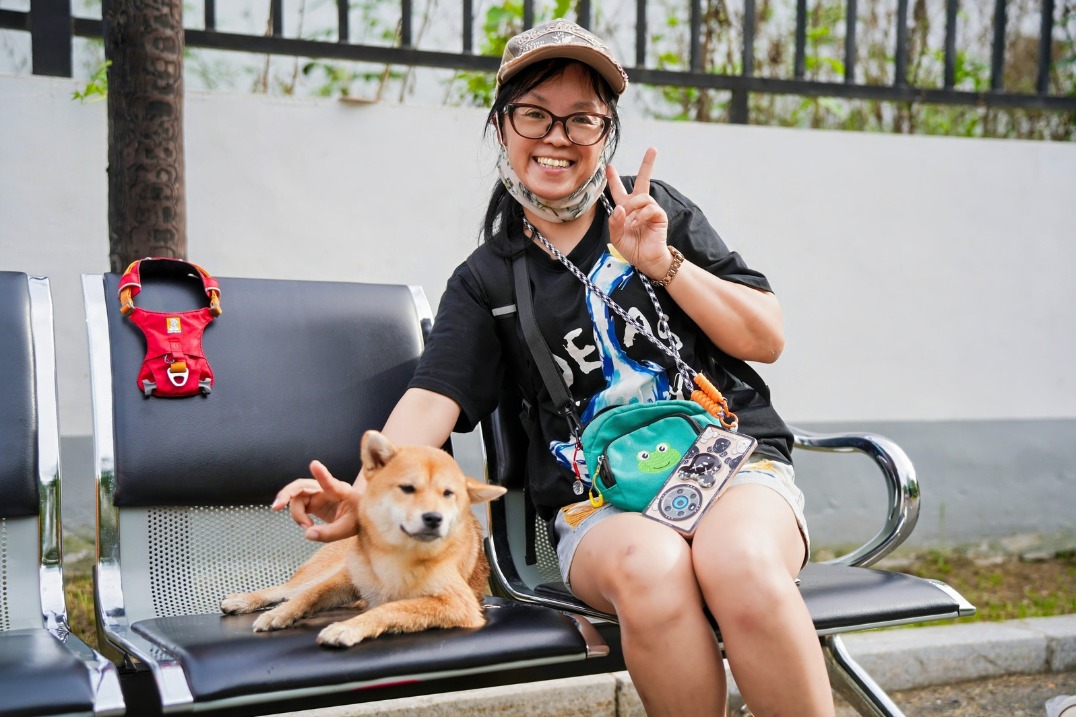Chinese researchers develop soft yet robust microrobot

BEIJING -- A group of Chinese researchers have confirmed the development of a highly agile and robust soft microrobot, naming it the electronic cockroach, according to a research article recently published in the journal Nature Communications.
This tiny robot weighs just over 1 gram and measures only 2 centimeters in length. It can fit into and move around in confined spaces.
The research article reported that the robot can achieve a forward speed of 4.8 body lengths per second and a turning speed of 280 degrees per second — resulting in outstanding maneuverability that had previously only been achieved in multiply-actuated microrobots.
Notably, this microrobot has great resilience, similar to a cockroach, as it can bear an external force of 60 kilograms and remain undamaged.
The robot is made of flexible materials, said Wu Yichuan, corresponding author of the research article and an associate professor at the University of Electronic Science and Technology of China (UESTC), located in Chengdu, Southwest China's Sichuan province. Its integrated components were selected for their durability and resistance to deformation.
The structure of the robot serves as a flexible exoskeleton, endowing it with strong robustness, Wu explained. When subjected to external forces, it can quickly fold to protect its vital components from damage, and rapidly return to its original state once the force is removed.
A demonstration video showed that the electronic cockroach can flexibly perform a series of actions such as moving forward, backward and turning on a flat surface.
The greatest advantage of this microrobot compared with similar ones, is that it can flexibly control the shape, direction and inclination angle of the end-of-leg movement trajectory by simply adjusting the frequency of a single actuator, said Peng Bei, a professor at the UESTC.
In addition, the electronic cockroach can also function as an amphibious robot capable of moving both on land and in water. When it is in water — its four legs transform into paddles.
The electronic cockroach demonstrates great application potential in scenarios such as disaster search and rescue, pipeline inspection and operations in confined and narrow spaces. However, several key technical challenges still need to be overcome before it can be truly put into practice.
The lithium battery attached to this microrobot can only sustain about 20 minutes of operation, which greatly restricts its actual working capability, said Wu.
The researchers expect that their development of this microrobot can be useful in spurring more bio-inspired movement modes, such as jumping or short-distance flying, which will serve to enhance its adaptability to complex environments and expand its application scenarios.
- Chinese researchers develop soft yet robust microrobot
- China issues regulations on infectious disease outbreak early warning
- International cyclists conquer Himalayan challenge in Xizang
- Step into the future at the world's first embodied AI robot 4S store
- Australian tourism chief expecting further rise in Chinese visitor numbers
- Shanghai Waigaoqiao Shipbuilding delivers 600th vessel



































